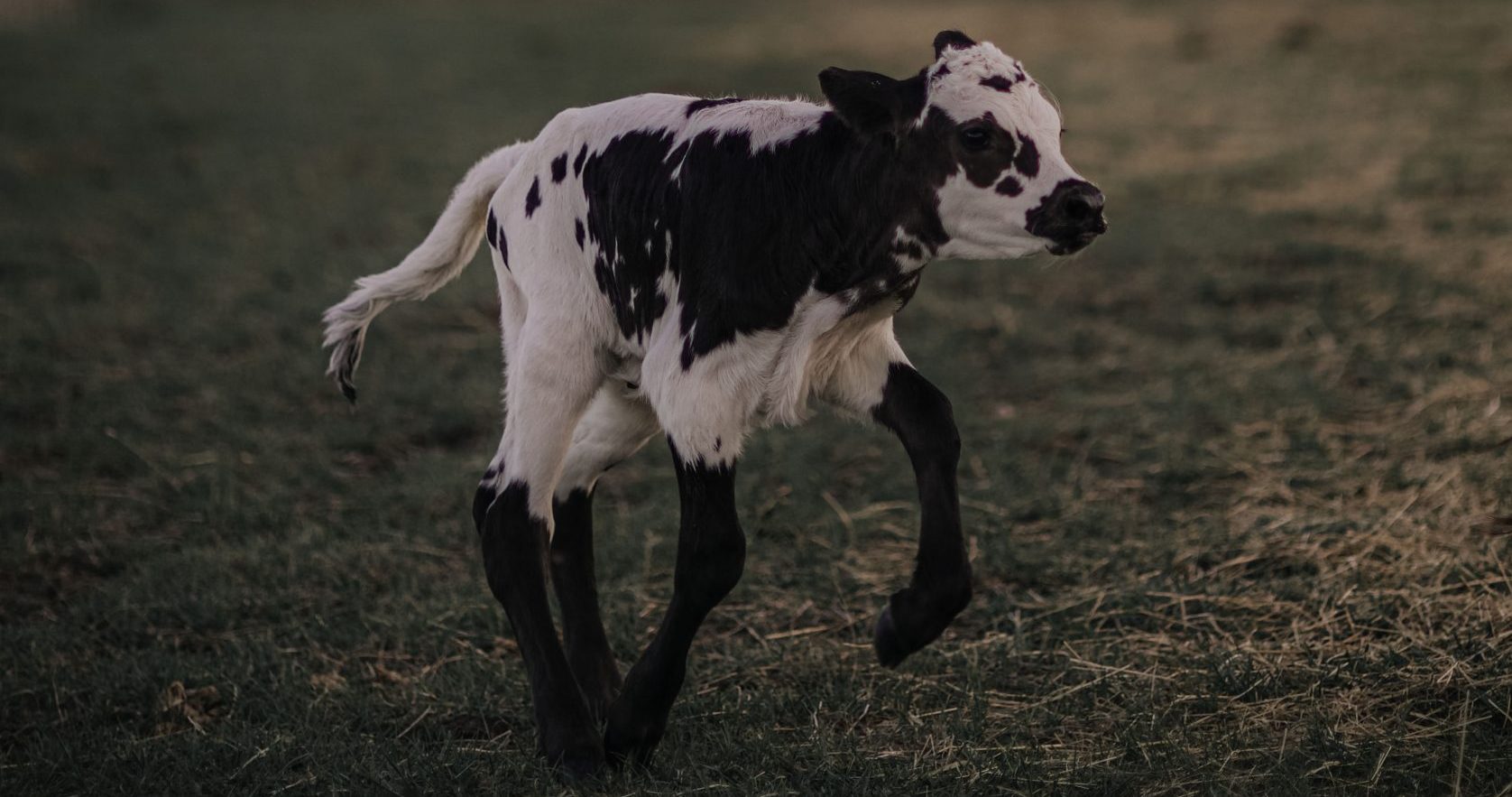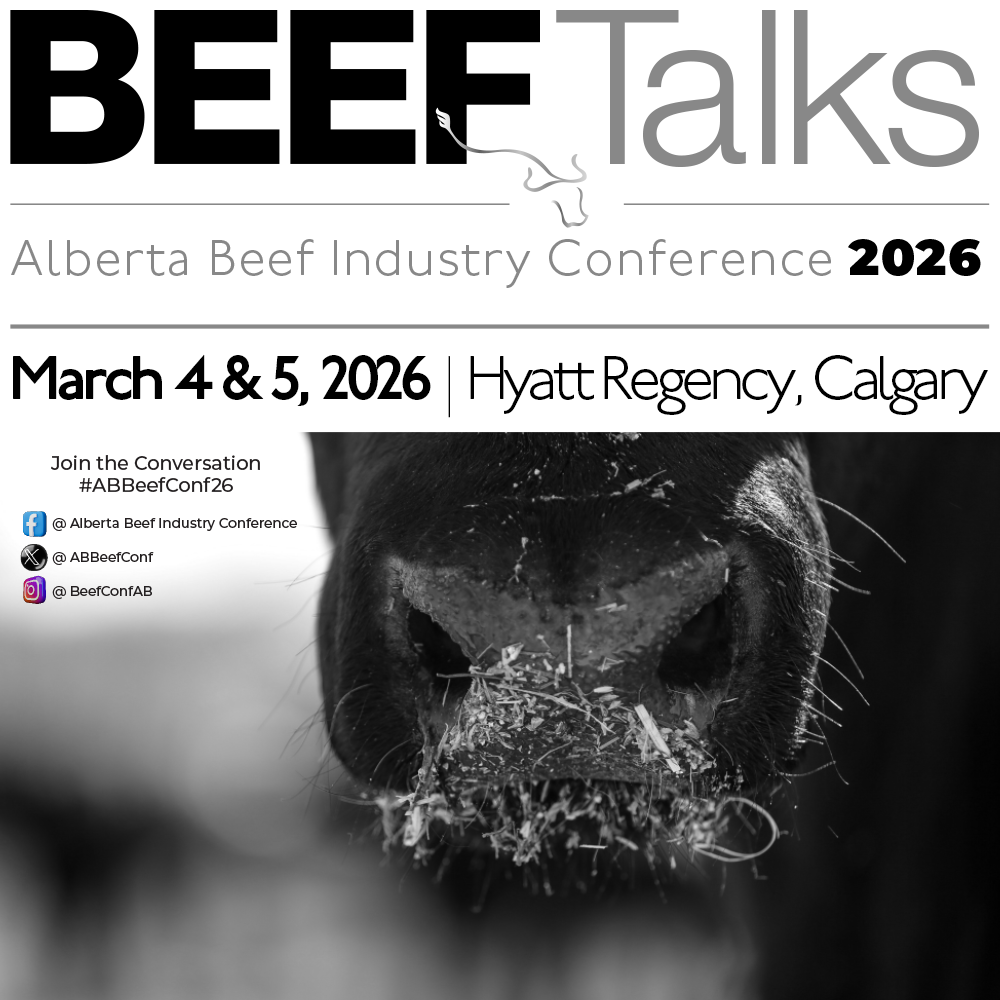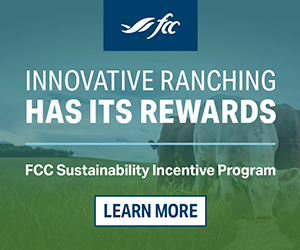AB Direct - Steers
Rail: 492.00-493.50 FOB feedlot (last week)
AB Direct - Heifers
Rail: 492.00-493.50 FOB feedlot (last week)
US Trade- Steers
Rail: 355.00-363.00 (IA, NE) last week
US Trade - Heifers
Rail: 355.00-363.00 (IA, NE) last week
Canadian Dollar
0.19

Developing a strong vaccination program
A good vaccination program for your calves is vital in protecting the health of your animals and ensuring your bottom line when it comes time to sell them.
Kent Fenton is a veterinarian with Feedlot Health Management Services powered by TELUS Agriculture. “Calves can probably go through more stress of all sorts and still be relatively healthy on the other end if they are vaccinated properly,” Fenton says.
Think Ahead
A good vaccination program for your calves begins long before they are born. Fenton says you need to make sure all your cows are adequately vaccinated to mitigate the number of viruses circulating when they are born. The more herd immunity you have, the better the calves will be protected when they come into the world.
He recommends all your cows get vaccinated against clostridial diseases such as Blackleg, first and foremost; secondly, for respiratory diseases such as pneumonia using modified live and killed vaccines. Both clostridial and respiratory vaccines can be given to cows in the fall.
Some vaccines aim to protect the calf from diarrhea or scours and can be given to a pregnant cow a month or two before calving. Fenton says several vaccines can be administered before breeding in the spring. This is where talking with your veterinarian, who knows your herd, is the best plan.
That plan should include taking time to think about where the pregnant cows are spending their time and what they are in contact with.
He says making sure the cows give birth in a dry place is crucial. “The main point is we want to prevent manure from going in the calf’s mouth and from going in the calf’s navel for the first few weeks.” Fenton says that’s the common way viruses and bacteria such as diarrhea and scours get introduced into these calves.
These conversations with your vet should also include a complete vaccination plan for the entire year.
Vaccine Timing
In a good program, injections are almost always administered proactively, which means you must keep a close eye on your calendar for upcoming events where the calves could get stressed. Events such as weaning, mixing pairs, and even bad weather can create that stress and leave them susceptible to diseases. The calves will be better protected if the vaccines are administered and given time to work before these planned events. He says vaccines are typically given in the spring. Producers should pay attention to the label on the vaccines and contact their vet if they have any questions.
What’s Happening on the Ground
On the disease front, Fenton says the 2022 calving season looks the same as any other year. Typically, it is a farm-by-farm situation pointing to the fact that there may be more scours in some herds or more cold calves depending on the weather or how wet it is in these locations.
If the location is wet, there could be more pneumonia in some herds and calves one to three months of age. “It’s about different risk factors on these different farms, and each farm has to manage it differently.” Fenton notes that the recent swings from warm to cold weather have introduced challenges such as the animals getting too cold, but they are manageable.
Timing and Prevention is Key
It is critical to remember that an ounce of prevention is worth a pound of cure. A robust disease prevention plan for your calves starts long before they are born.
It’s about setting out a vaccination program for your entire herd that spans the whole year and includes a vet that knows your herd well. It also goes beyond vaccinations; it is about knowing where cows are spending their time and who and what they are in contact with.
This article was first published in Volume 2 Issue 2 of ABP Magazine (April 2022). Watch for more digital content from the magazine on ABP Daily.



